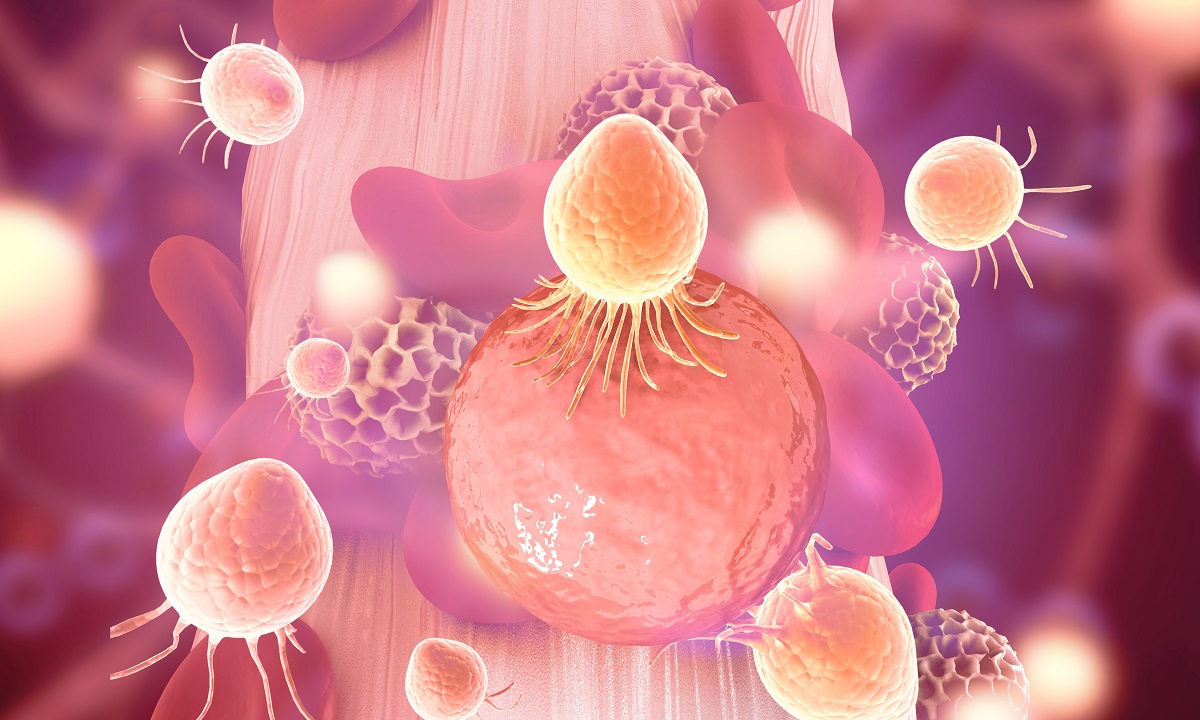KEY TAKEAWAYS
- The study aimed to explore curcumin’s effects on the AToX1-mediated copper pathway in NSCLC.
- Curcumin suppresses copper accumulation in NSCLC cells by binding to ATOX1, revealing a potential therapeutic mechanism.
Non-small cell lung cancer (NSCLC) is linked to the accumulation of copper within cells. Antioxidant 1 (ATOX1) acts as a copper chaperone, playing a role in copper transport and regulation within the cell. Understanding the mechanisms involving copper metabolism in NSCLC is crucial for developing targeted therapies.
Xiao Qin and the team investigated the anti-cancer effects of curcumin on the ATOX1-mediated copper pathway in NSCLC, exploring its potential as a therapeutic strategy.
Researchers assessed the binding activity between curcumin and ATOX1 through molecular docking. The NSCLC cell lines, A549 and H1299, were treated with varying doses of curcumin (10, 20, 40 µM) or DC-AC50 (5, 10, 20 µM) for 24 hours. They also monitored cell viability and ATOX1, ATP7A, and COX17 protein levels.
Cells overexpressing ATOX1 were created using pcDNA3.1-ATOX1 transfection for 24 hours. These overexpressing cells were then treated with 40 µM curcumin or 20 µM DC-AC50 to explore curcumin’s mechanism in NSCLC treatment. Cell viability was measured using CCK-8, and western blotting determined protein levels. Copper levels in cells were labeled using copper sensor-1.
Additionally, A549 cell injected nude mice were treated with either 20 mg/kg/day DC-AC50 or 40 mg/kg/day curcumin, and tumor growth was assessed by measuring tumor volume and weight. The ATOX1, ATP7A, and COX17 levels in tumors were analyzed using immunohistochemistry and western blotting.
The results showed that curcumin demonstrated a binding affinity to ATOX1 (score =-6.1 kcal/mol), leading to decreased ATOX1, ATP7A, and COX17 protein levels in NSCLC cells. Both curcumin and DC-AC50 treatments reduced cell viability by inhibiting the ATOX1-mediated copper signaling pathway in these cells.
However, cells overexpressing ATOX1 showed a significantly reduced response to curcumin’s effects on copper accumulation and the pathway (P<0.05). In mouse models, treatments with curcumin or DC-AC50 also inhibited tumor growth by targeting the ATOX1-mediated copper pathway.
The study concluded that curcumin binds to ATOX1, effectively suppressing copper accumulation in NSCLC cells. This finding reveals a novel mechanism through which curcumin may serve as a potential therapeutic strategy for treating NSCLC.
The study was funded by the Qilu Traditional Chinese Medicine Advantageous Speciality Cluster Construction Project and the Project of Yantai Science and Technology Plan.
Source: https://pubmed.ncbi.nlm.nih.gov/39169392/
Qin X, Wang P, Liang H, et al. (2024). “Curcumin suppresses copper accumulation in non-small cell lung cancer by binding ATOX1.” BMC Pharmacol Toxicol. 2024;25(1):54. Published 2024 Aug 21. doi:10.1186/s40360-024-00784-0



